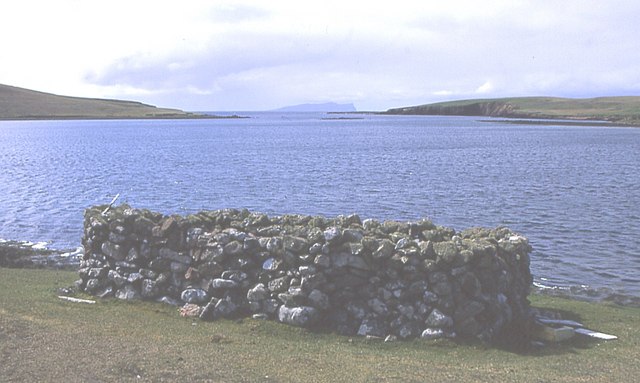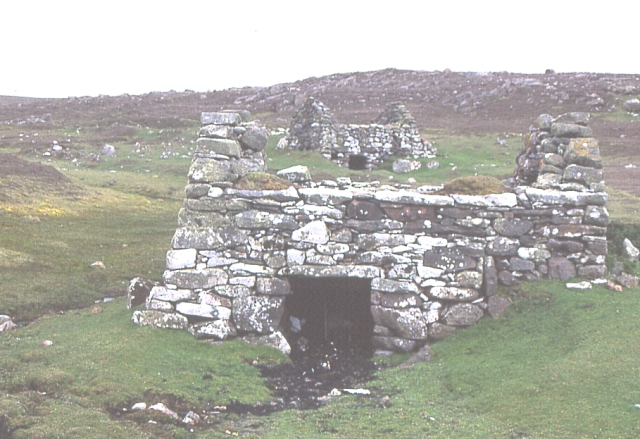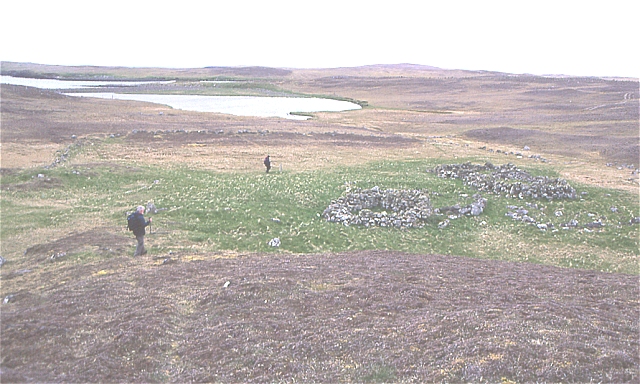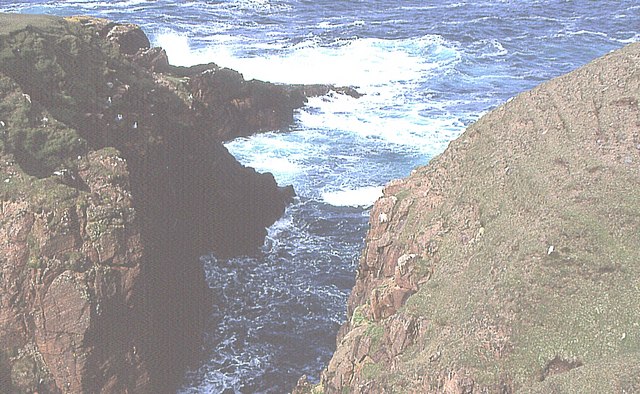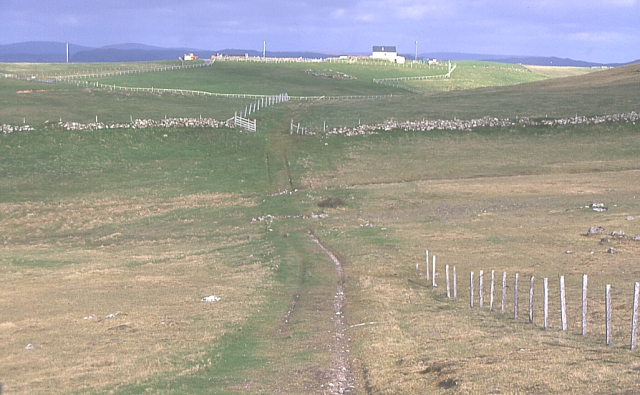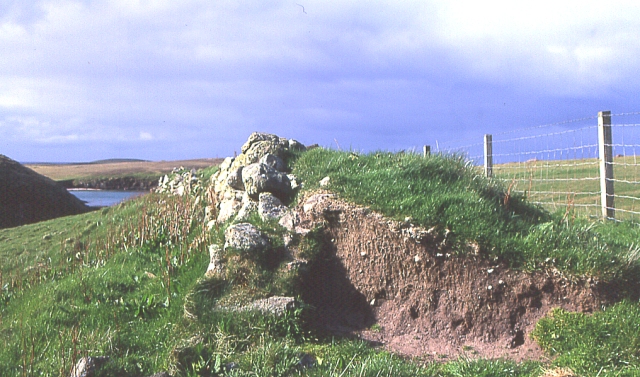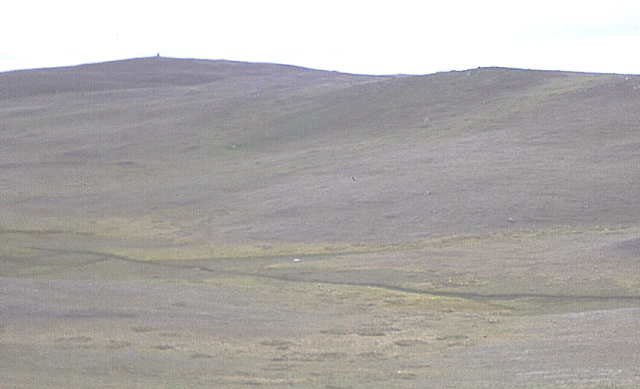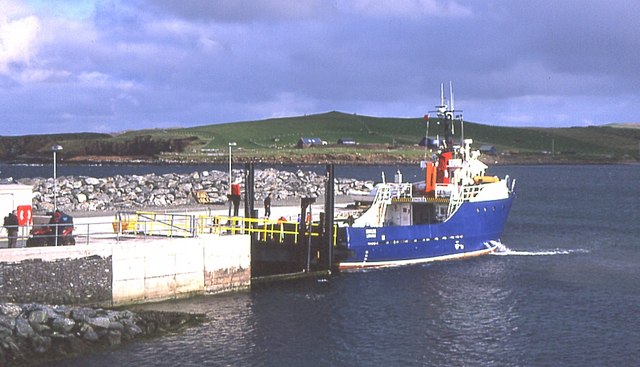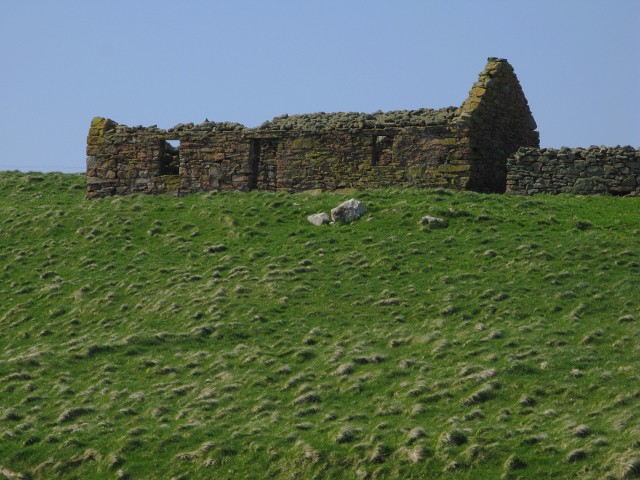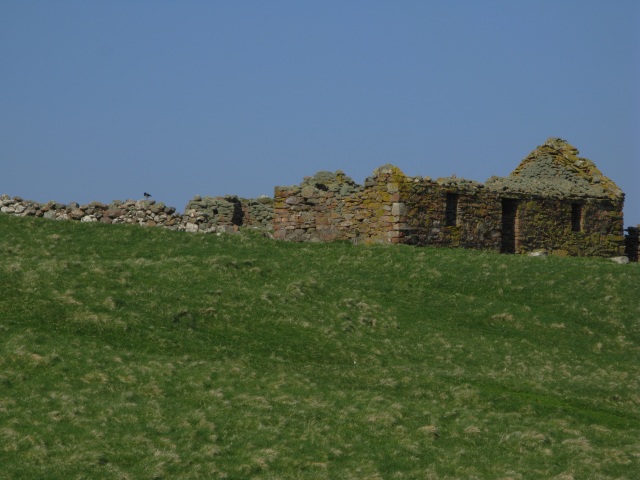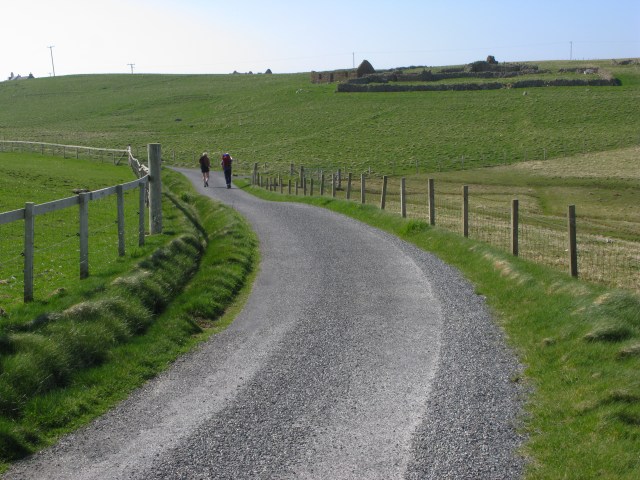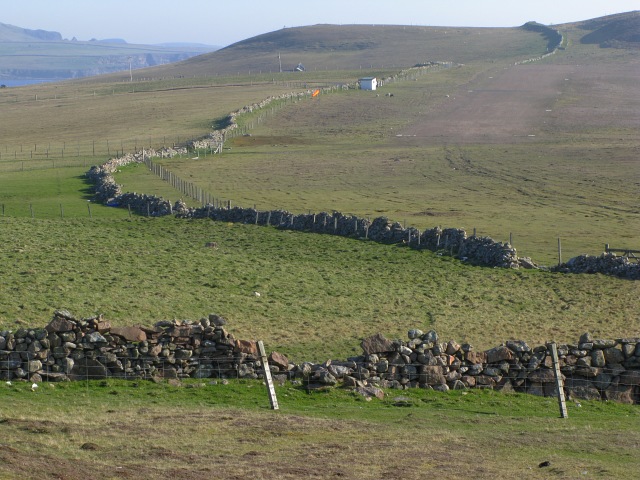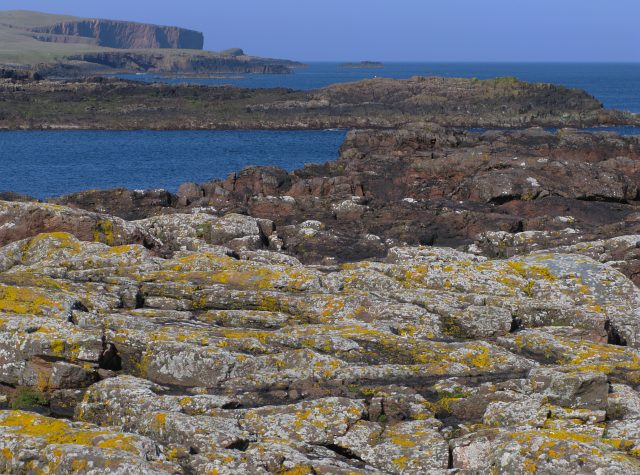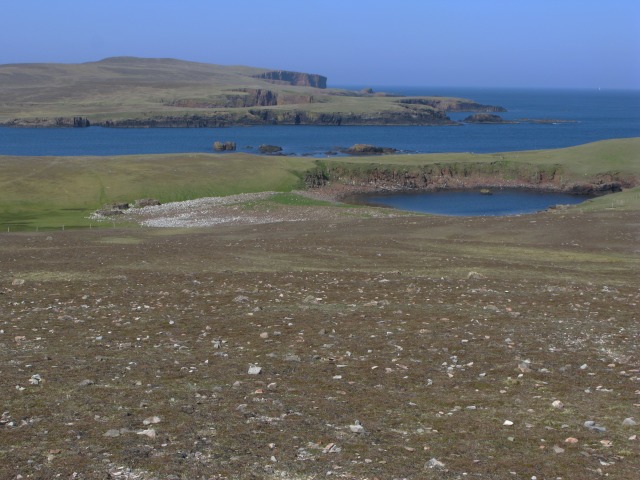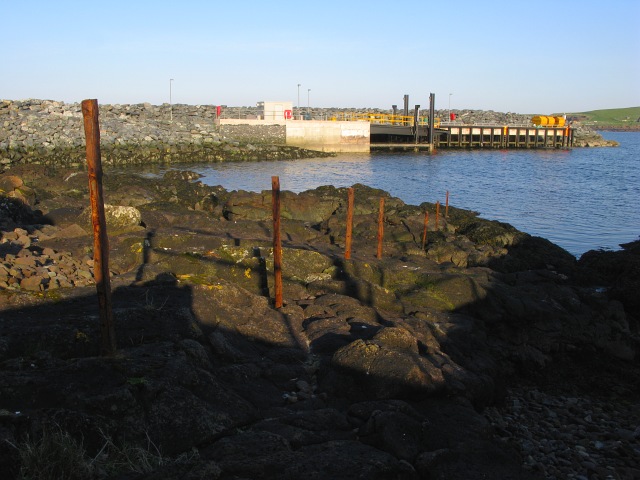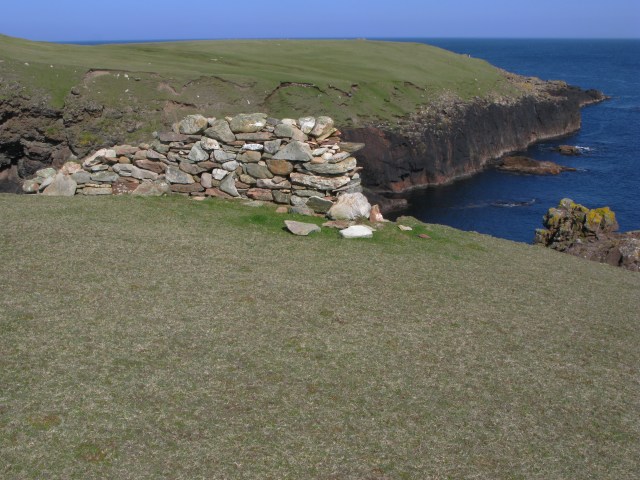Breid Ayre
Beach in Shetland
Scotland
Breid Ayre
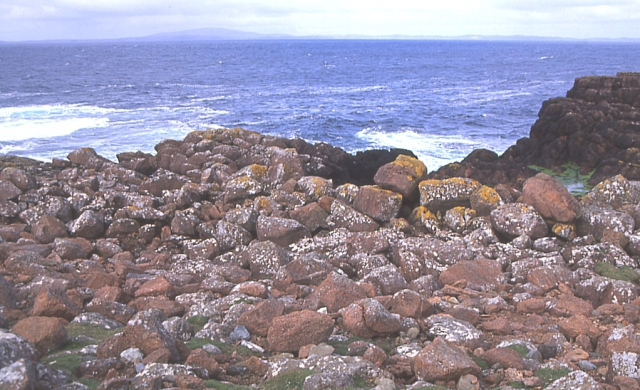
Breid Ayre is a picturesque beach located on the island of Shetland, Scotland. Situated in the northern part of the island, it is known for its stunning natural beauty and serene atmosphere. The name "Breid Ayre" translates to "broad beach" in the local dialect, which aptly describes its expansive sandy shoreline.
The beach is nestled within a sheltered bay, which provides protection from the sometimes harsh North Atlantic waves. This makes it an ideal spot for swimming and water sports during the warmer summer months. The crystal-clear turquoise waters are inviting and offer a refreshing escape from the heat.
Breid Ayre is also renowned for its wildlife. The beach is home to a variety of seabirds, including puffins, gulls, and terns. Birdwatchers flock to the area to catch a glimpse of these beautiful creatures in their natural habitat. Additionally, seals can often be spotted lounging on the rocks or swimming in the bay, adding to the area's charm.
The beach is easily accessible, with parking facilities available nearby. Visitors can enjoy leisurely walks along the shoreline, taking in the breathtaking coastal views and immersing themselves in the tranquility of the surroundings. The area is also popular for picnics and sunbathing, with ample space to relax and unwind.
Breid Ayre offers a peaceful retreat for those seeking solace in nature's embrace. Whether it's exploring the diverse wildlife, enjoying water activities, or simply relishing the beauty of the surroundings, this Shetland beach is a destination that captivates all who visit.
If you have any feedback on the listing, please let us know in the comments section below.
Breid Ayre Images
Images are sourced within 2km of 60.34017/-1.6825923 or Grid Reference HU1761. Thanks to Geograph Open Source API. All images are credited.
Breid Ayre is located at Grid Ref: HU1761 (Lat: 60.34017, Lng: -1.6825923)
Unitary Authority: Shetland Islands
Police Authority: Highlands and Islands
What 3 Words
///health.equality.acoustics. Near Walls, Shetland Islands
Nearby Locations
Related Wikis
Papa Stour
Papa Stour (Scots: Papa Stour) is one of the Shetland Islands in Scotland, with a population of under fifteen people, some of whom immigrated after an...
Biggings
Biggings is a village on the island of Papa Stour, in Shetland, Scotland. Papa Stour's church is situated at the south of Biggings. A homestead of Duke...
Maiden Stack
The Maiden Stack or Frau Stack is a tiny stack in the western Shetland Islands to the north of Brei Holm and east of Housa Voe in Papa Stour. It is so...
Brei Holm
Brei Holm is a tiny tidal islet in the western Shetland Islands. It is due east of Papa Stour, to which it is connected at low tide, just outside Housa...
Have you been to Breid Ayre?
Leave your review of Breid Ayre below (or comments, questions and feedback).
